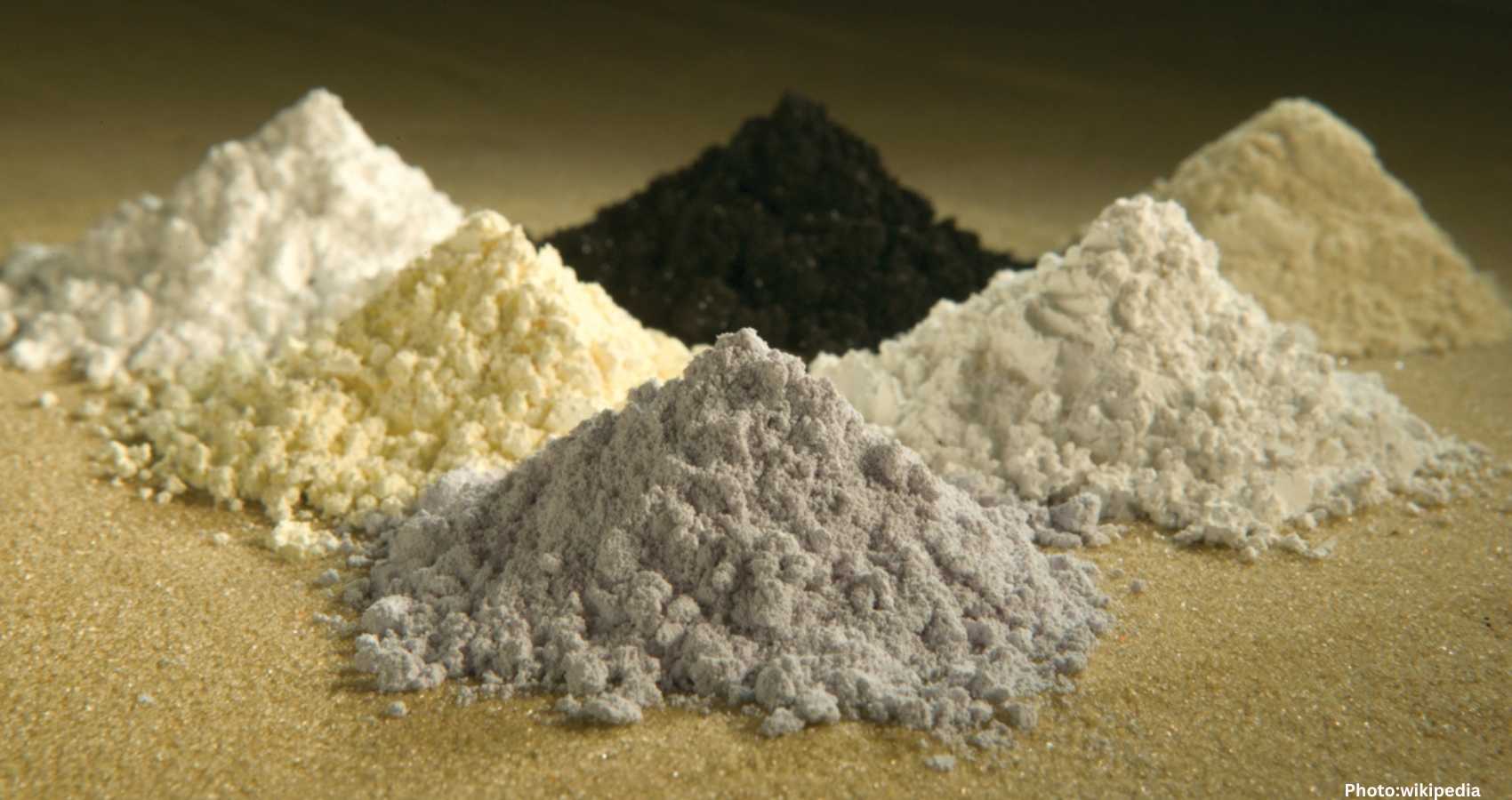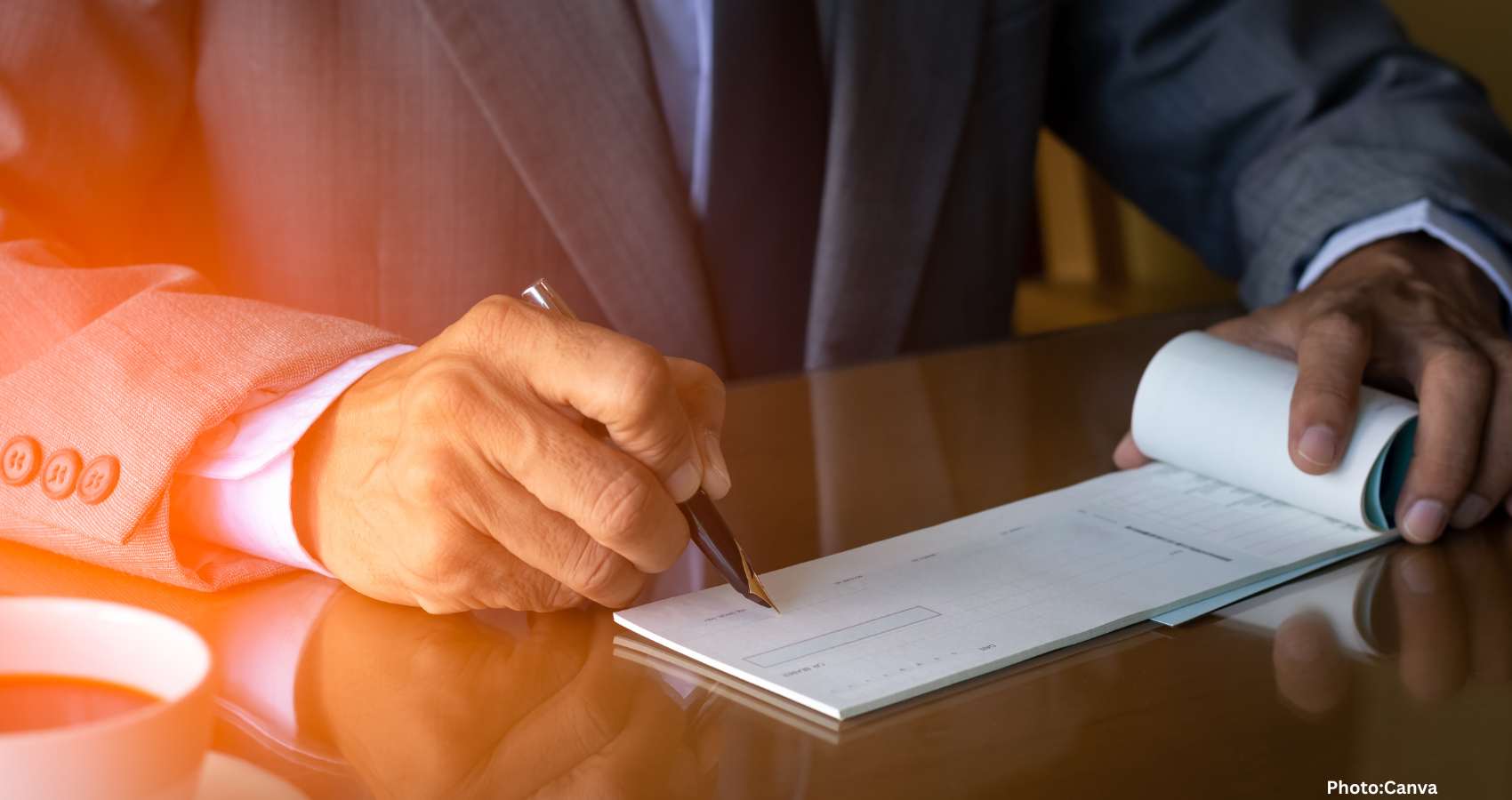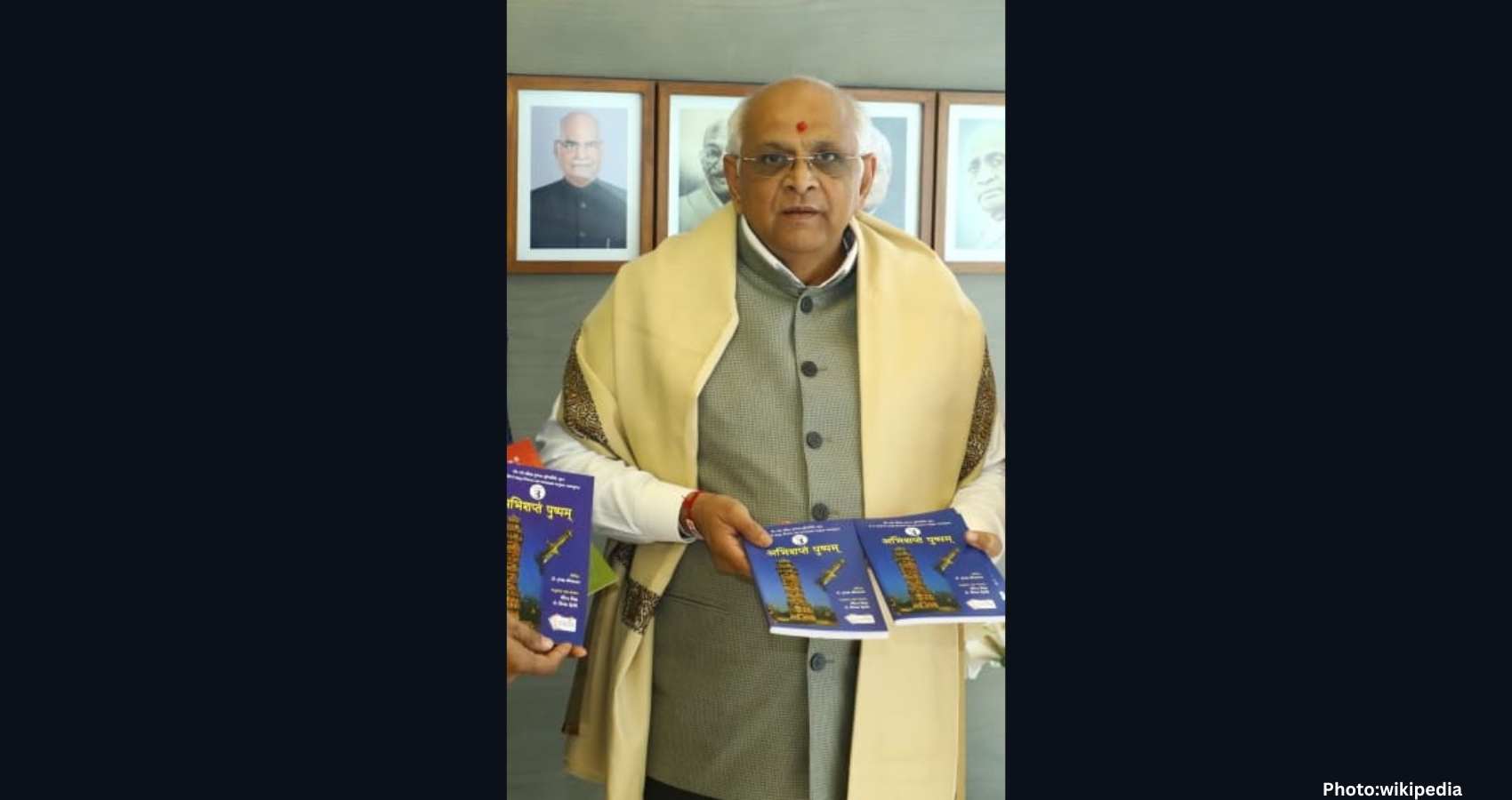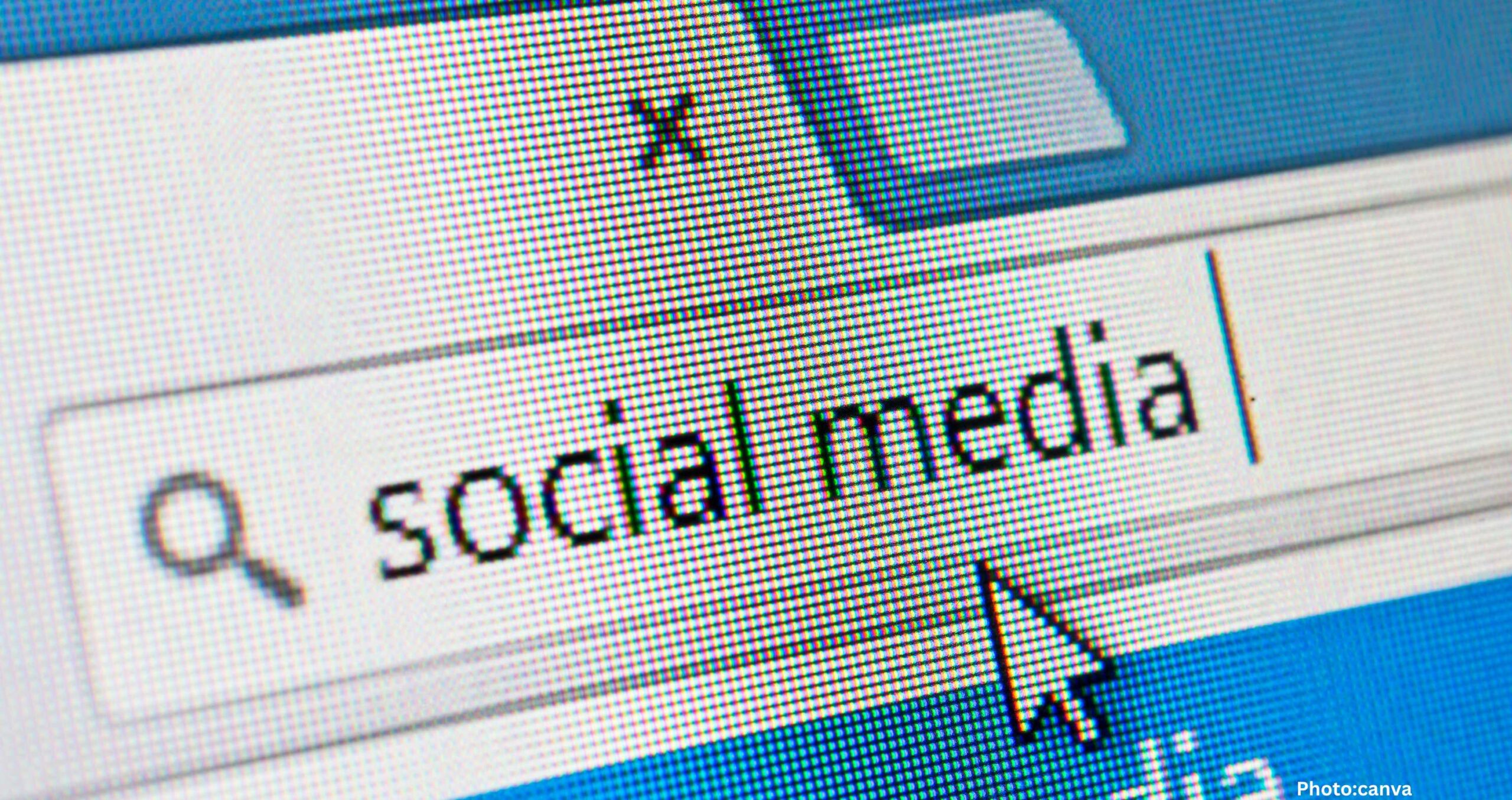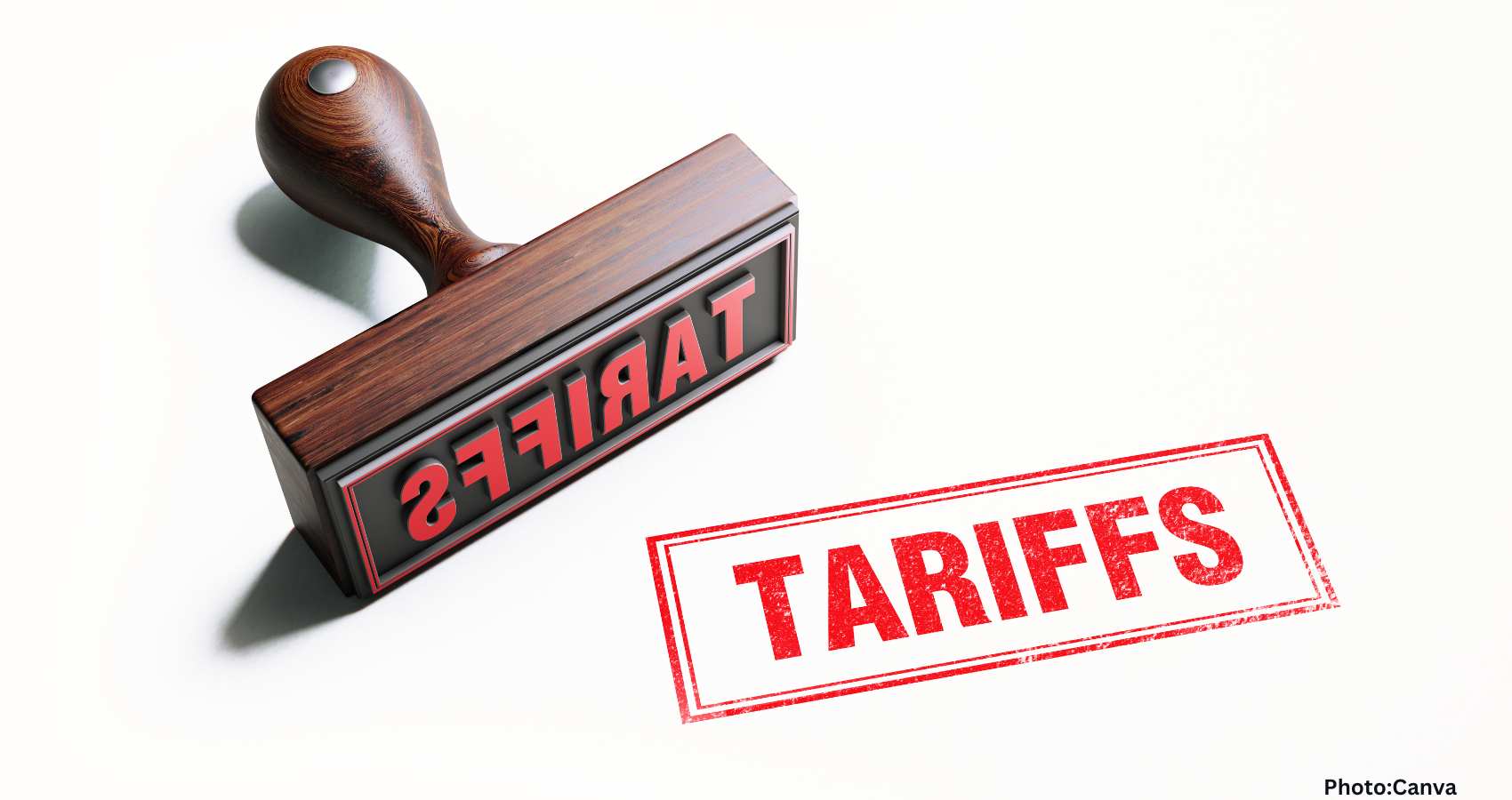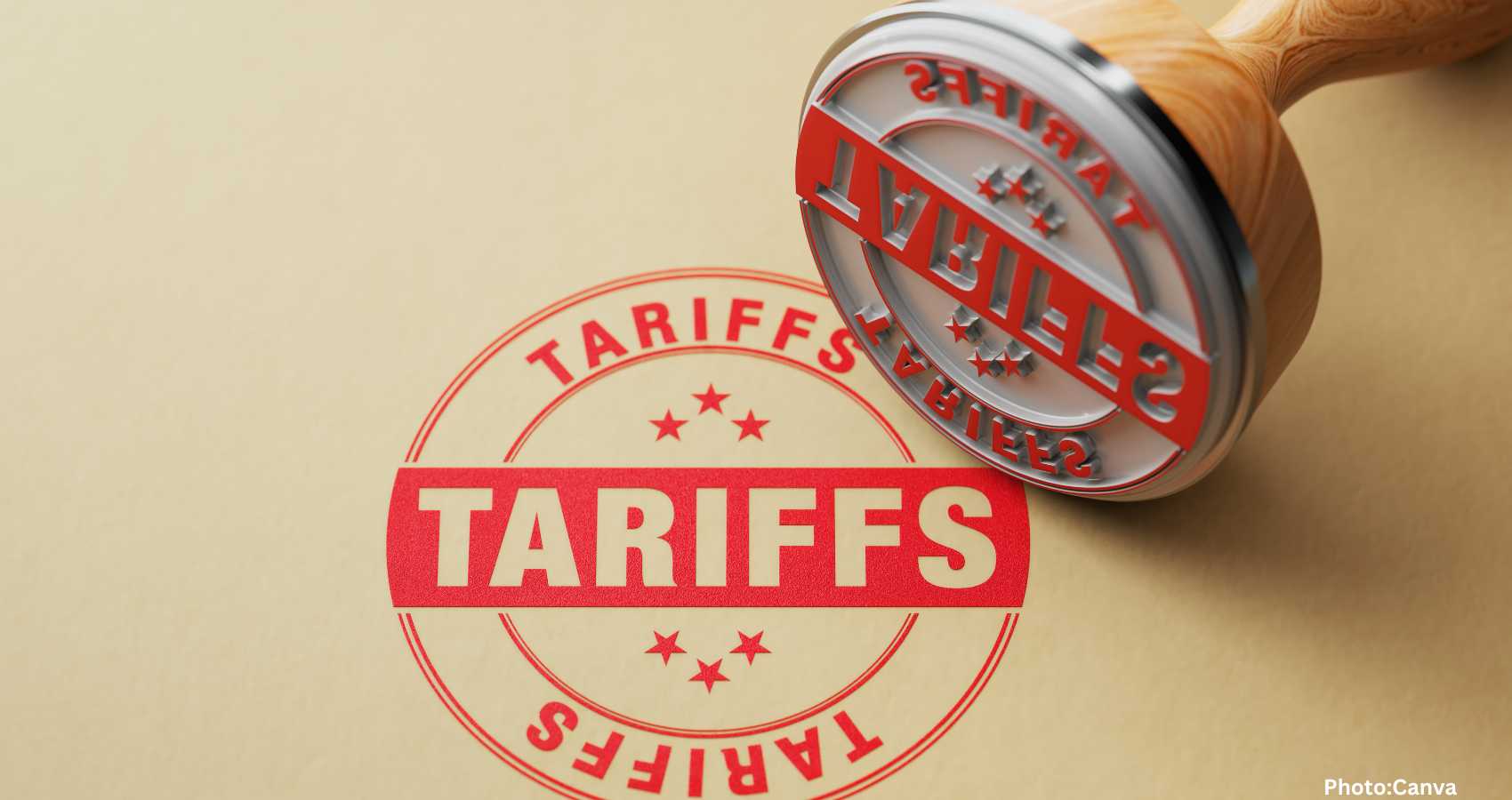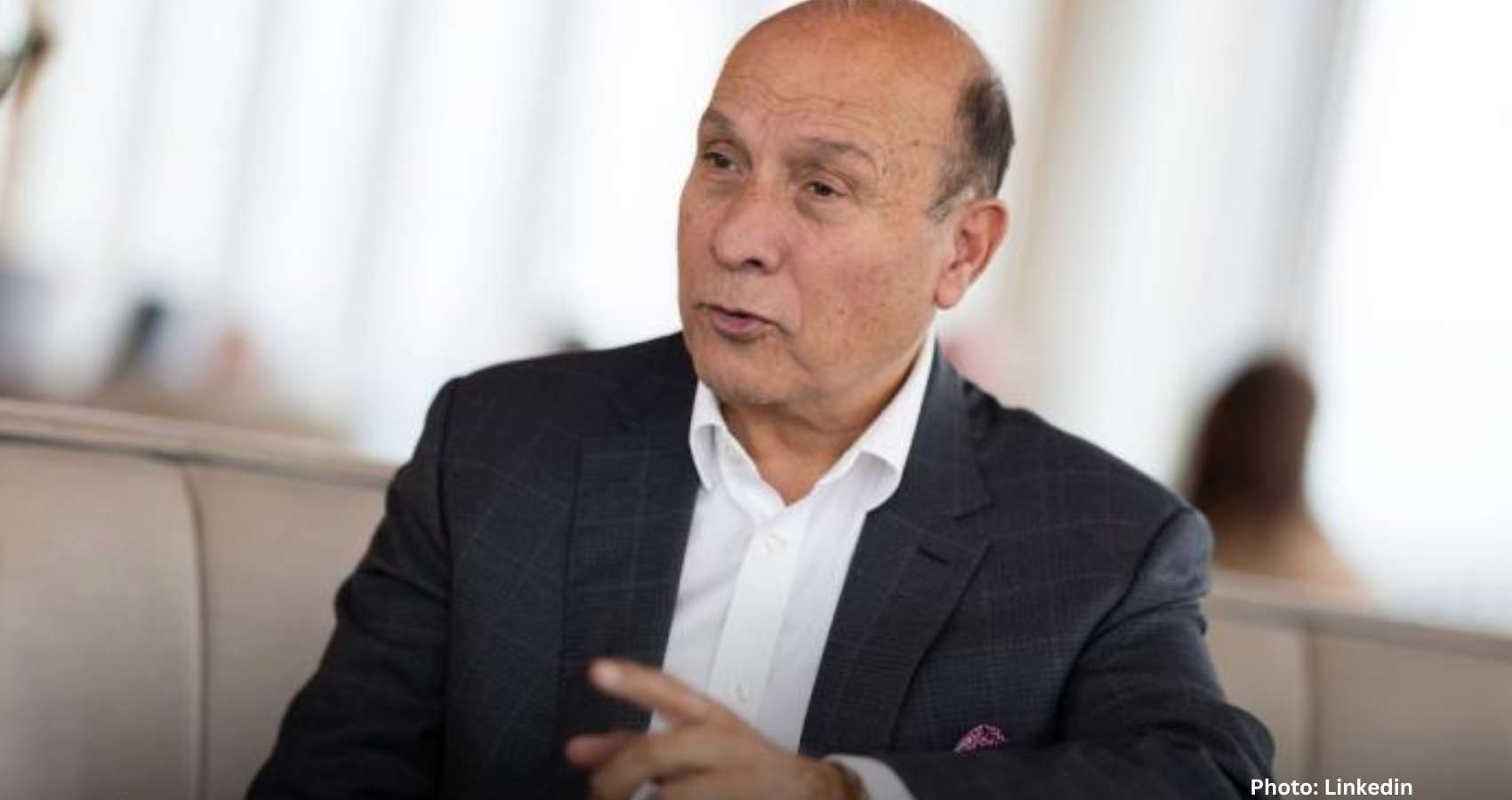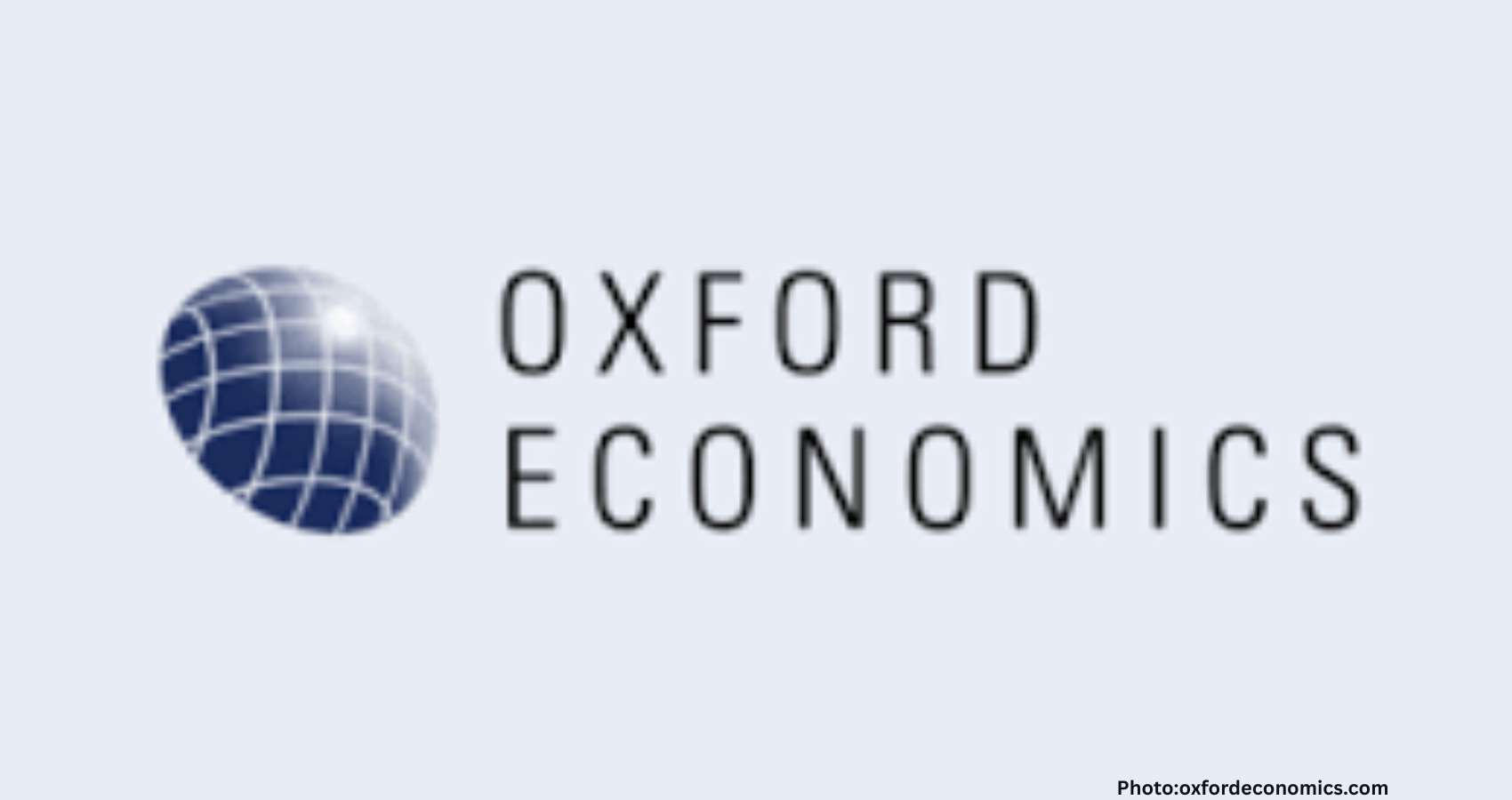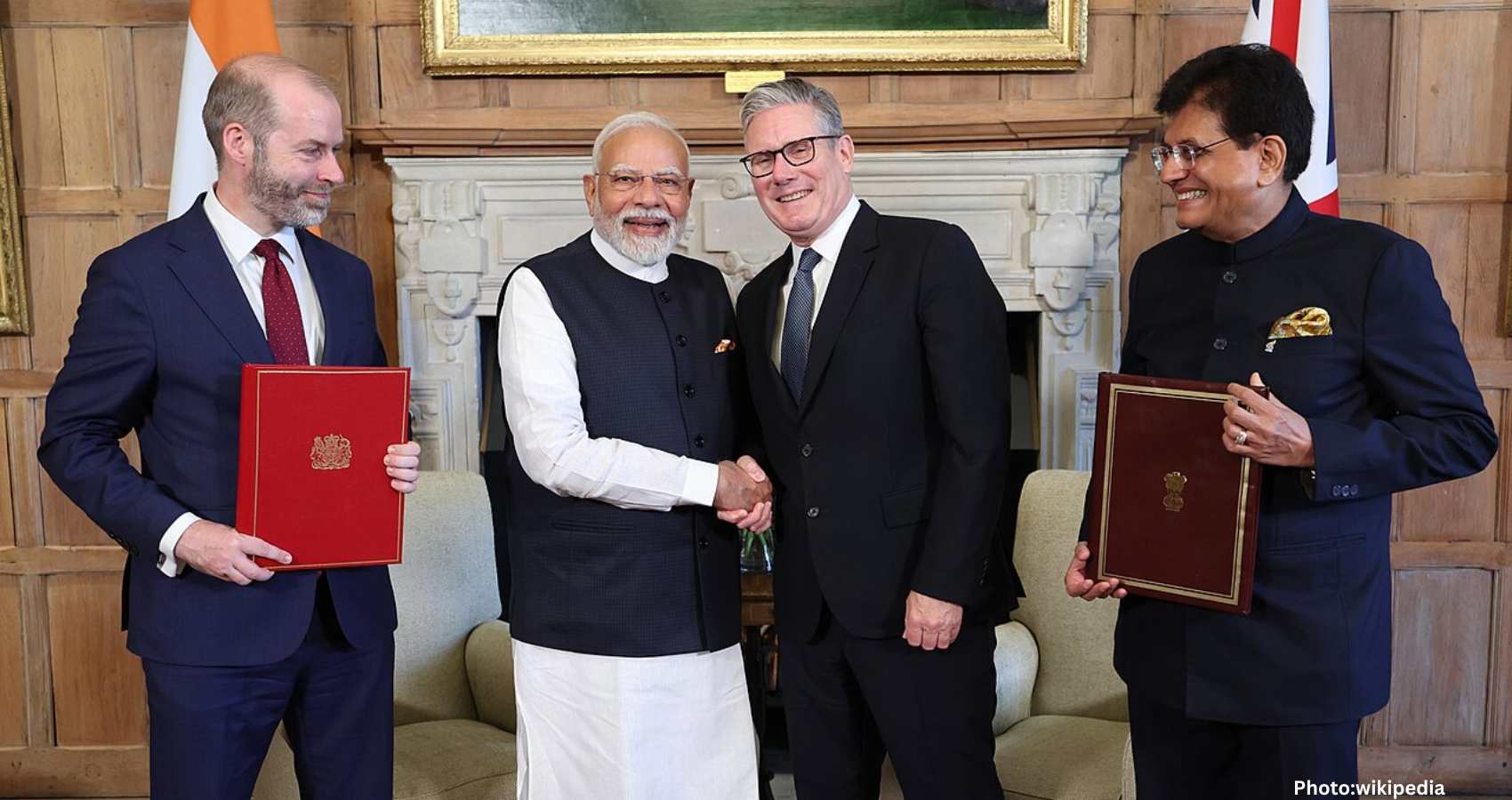The stock market’s continued success under President Trump has prompted Democratic lawmakers to question its relevance to the broader economy, particularly in light of ongoing tariffs.
Democratic lawmakers have been grappling with the apparent contradiction of a thriving stock market amid President Donald Trump’s administration, particularly as they have expressed concerns over the impact of his tariffs on the economy. During a recent conversation with Fox News Digital on Capitol Hill, several Democrats attempted to explain this phenomenon while downplaying the significance of the stock market’s performance.
Senator Catherine Cortez Masto of Nevada emphasized that “the stock market is not the economy.” She pointed out that while the market may be doing well, many Americans are feeling the financial strain at the grocery store due to rising prices. “The tariffs are a cause of that,” she stated, adding that they effectively act as taxes on consumers, which has led to higher costs for everyday goods.
Progressive Representative Pramila Jayapal from Washington echoed this sentiment, asserting that the stock market’s success is primarily benefiting the wealthiest Americans. “Corporations got massive tax breaks, $7 billion in tax breaks in the big, bad betrayal bill,” she explained. Jayapal argued that the stock market’s performance reflects the health of large corporations rather than the economic reality faced by average citizens.
Senator Angela Alsobrooks of Maryland also weighed in, noting that regardless of stock market trends, many Americans are struggling with high grocery and healthcare costs. “They can’t afford the cost of goods,” she remarked, highlighting the disconnect between market performance and everyday financial challenges faced by constituents.
Senator Chris Murphy of Connecticut added that while the stock market is important, the rising prices of goods directly impact people’s lives. “The stock market matters to a lot of folks, but prices matter the most to people,” he stated. Murphy pointed out that Trump’s economic policies, including tariffs, are contributing to increased costs for consumers, which he believes is a significant concern that Democrats are addressing.
In contrast, the Trump administration has shifted the blame for high prices onto the Biden administration, arguing that current inflation issues stem from policies enacted after Trump left office. White House Press Secretary Karoline Leavitt recently took to social media to advocate for Trump’s economic policies, claiming they are a “proven formula” for making America affordable again. She asserted that prices for various essential goods are beginning to fall, suggesting that the administration is working diligently to address affordability issues.
On Capitol Hill, Senator John Hoeven of North Dakota defended Trump’s approach to tariffs, arguing that the president is negotiating better trade terms for American exporters. “You have to separate the short term from what’s going to happen over time,” he explained, suggesting that the benefits of these negotiations may not be immediately apparent but will ultimately strengthen the economy.
Interestingly, not all Democrats are opposed to tariffs. Senator John Fetterman of Pennsylvania expressed support for some tariffs, particularly those targeting China, while criticizing the approach taken against Canada and other allies. He acknowledged the complexities of the issue, noting that the Supreme Court’s decisions on tariffs will carry significant weight moving forward.
As the discussion continues, Senator Richard Blumenthal of Connecticut offered a more cautious perspective, stating, “One thing I’ve learned is not to try to predict or analyze the stock market.” His comment reflects the uncertainty surrounding the relationship between stock market performance and the broader economic landscape.
In summary, Democratic lawmakers are navigating a complex economic narrative as they address the disconnect between a booming stock market and the financial struggles faced by many Americans. Their focus remains on the tangible effects of tariffs and economic policies on everyday life, even as the stock market continues to thrive.
Source: Original article



